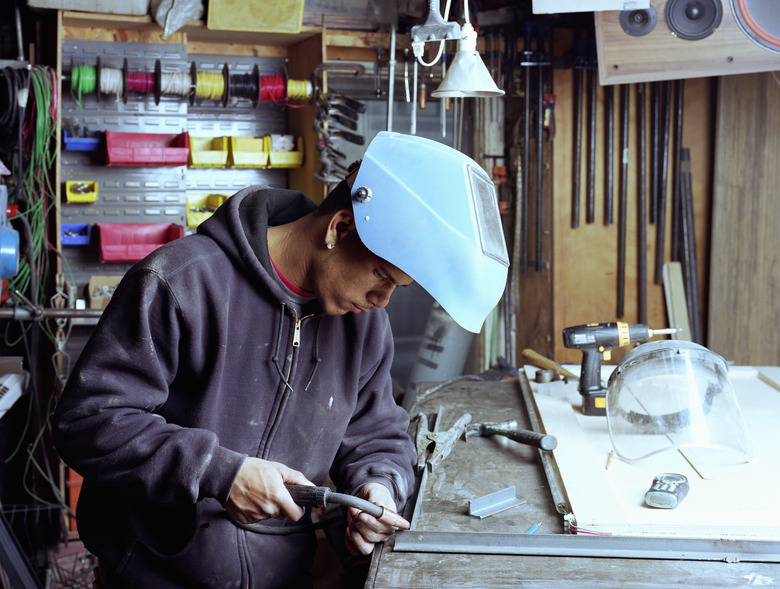Types Of Metal Joints
Metal is a highly important material when it comes to construction, particularly because it tends to be so strong and durable. To build with metal, you have to be able to join pieces of metal together. This is commonly done by welding, a fusion method involving melting materials together. The majority of metals can be joined by welding, including iron, steel, aluminum, nickel, copper and titanium.
There are a variety of types of welding joints, each with particular features that make it well suited to different tasks. In order to create a successful metal joint, it's essential that you choose the right type of joint for the right type of metal and for the purpose you're creating the joint to serve.
Butt Joints
Butt Joints
A butt joint, also called a butt weld, is a common method used for joining pieces of metal end to end. It's typically used for pipes and pressure values as they are flat. The two pieces are connected adjoining each other with the seam in the middle.
T Joints
T Joints
As you may have guessed, a T joint resembles the letter T. One piece of metal is connected to the middle of another piece at a perpendicular angle. T joints are popular in construction because they're extremely strong, especially when the weld is placed on the side of the joint where the pressure will be applied.
Corner Joints
Corner Joints
Corner joints create a corner between pieces of metal. They can be further broken down into open and closed options. Open corner joints refer to when the pieces of metal don't sit flush together, and the space between the two need to be filled in with filler metal during the welding process. Closed corner joints refer to the two pieces sitting right next to each other. Here, the welding only needs to create a seam to hold them in place.
Lap Joints
Lap Joints
A lap joint refers to any metal joint that relies on an overlap. They're among the strongest types of weld, although to be at maximum strength, the metal must overlap at three times the thickness of the joint.
Edge Joints
Edge Joints
Edge joints tend to be a weaker type of welding joint, so they are more commonly used in sheet metal. Two pieces of metal are held with their edges parallel and a seam is made along this joint. If an edge joint is required for bigger or more weight-bearing construction, it can be strengthened using filler metal.
